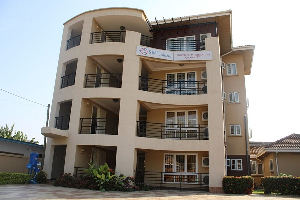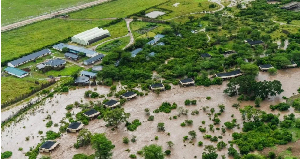Religion of Tuesday, 25 November 2014
Source: GNA
Asante- Mampong Anglican Diocese inaugurated
The Asante-Mampong Diocese of the Anglican Church has been inaugurated amidst the outpouring of joy and praises to God by the faithful for a dream come true.
It is the second to be created in the Ashanti Region – after Kumasi, and comes over a century after the introduction of the Anglican faith in the region.
Otumfuo Osei Tutu the Second, the Asantehene, was among the tall list of traditional rulers, the clergy and high profile personalities in public service, politics and business, who joined in the celebration of the occasion, at a special church service, held under the theme “Working Together To Grow The Harvest”.
The new diocese has seven parishes – Saint Michael’s and all Angels, (Cathedral) at Mampong, Kumawood St. Peter’s, Ejura St. Mary’s, Kwamang St. Andrews, Nsuta St. Joseph’s, Juaben St. Paul’s, and Odumasi St. Peter’s, alongside two sub-parishes and 24 outstations.
It would be served by a bishop and 13 priests, with its first bishop expected to be elected and enthroned on Sunday, November 30.
Performing the inauguration, the Most Reverend Professor Daniel Yinkah-Sarfo, the Primate and Metropolitan Archbishop of the Internal Province of West Africa, said he was grateful to God for the birth of the new diocese.
He said he was personally happy because this was happening 15-and-a-half years into his Episcopal stewardship of the Kumasi Diocese.
During the period, the number of archdeaconries had gone up to seven from four, with the total parishes increasing from 26 parishes to 30.
Outstations have also grown from 49 to 82. He stressed the need to intensify the Church’s evangelization to bring the gospel message of truth and hope to more people, win converts and grow the Church.
Daasebre Osei Bonsu the second, Omanhene of Mampong, said he was overjoyed at the creation of the diocese and pledged the support of the chiefs in the area.
He gave the assurance that the traditional council would provide land for the construction of more structures, for smooth administration and residential accommodation.
News

Canada-based Ghanaian woman wins heart of disguised rich 'beggar' after she offered him free pie
Sports

Thomas Partey, Inaki Williams set for Black Stars return after missing Nigeria, Uganda friendlies
Entertainment

Mahama assigned security protection to me and Oppong Nkrumah when we were criticizing him - A Plus
Opinions





